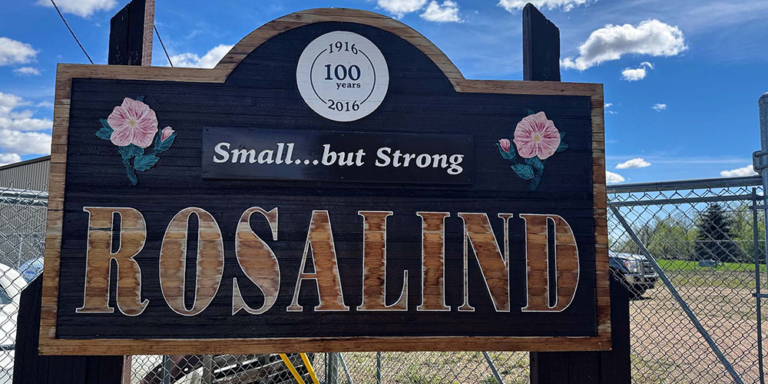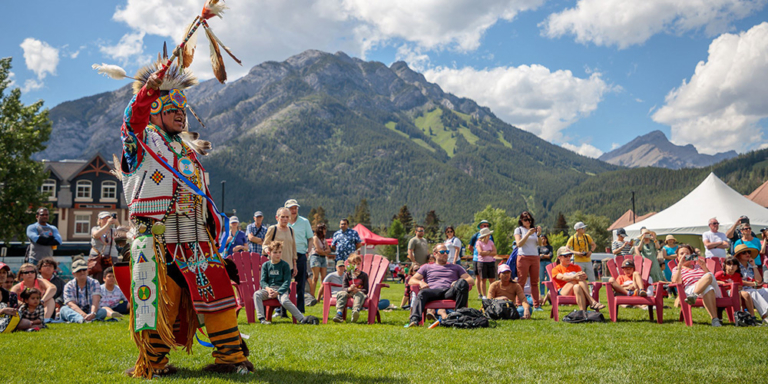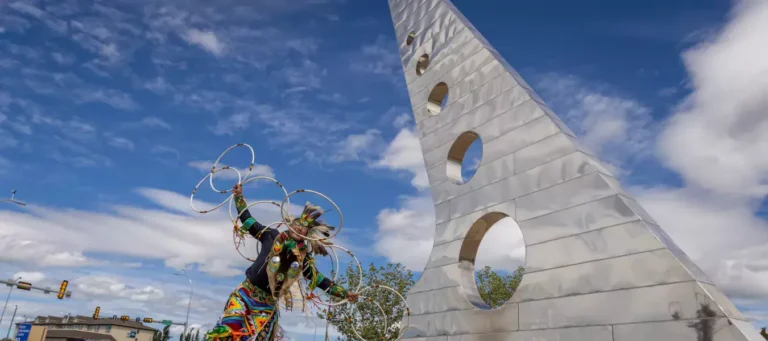The phrase “nothing in this world is free” is a tried and true sentiment for many people.
With inflation seemingly always headed skywards, not only is nothing free, it costs more and more each day.
But it’s easy to forget about the simplest joys of life on earth that we often take for granted.
For example, our planet’s most spectacular daily show – sunrise.
Not only do sun rays cost nothing, but when properly utilized – they can generate big economic benefits.
Smoky Lake Sun
Right now, the bright Albertan sunshine is doing just that in Smoky Lake, thanks to a collaborative project brought to life by the Metis Nation of Alberta (MNA), Smoky Lake Town and County and several industry partners, including Carvel Electric, a Métis-owned company.
The project’s genesis was rooted in community engagement.
“Someone brought up the idea of a solar farm, and here we are now five years later,” Jennifer Pylypiw, Environment and Climate Change Engagement and Policy Manager with the MNA, explained to CBC News.
Smoky Lake locals not only contributed to the project’s conception but also played a role in naming the solar farm, which is just north of Metis Crossing.
The project has been named “Salay Prayzaan,” meaning “gift from the sun” in Michif.
Michif is the language spoken by the Métis, who are the descendants of French fur traders and First Nations women.
The name was chosen from over 90 name recommendations from active community members.
No matter what they had chosen to call it, this “gift” is cutting a path toward a cleaner, renewable resource-based economy in our province.
Indigenous Communities Leading the Solar Charge
The initiative is part of a larger trend of Indigenous-led renewable energy projects in Alberta, including those at Lubicon Cree Nation, Fort McKay First Nation, Beaver Lake Cree Nation, and Louis Bull Tribe at Maskwacis.
“Alberta actually [has] been gifted with energy… we have our traditional energy sources, but it’s also been gifted with renewable energy,” said Pylypiw.
The region’s abundant sunshine influenced the decision to embrace solar power above other renewable energy options.


The project is poised to produce 4.86 megawatts of energy, equivalent to powering about 1,200 homes.
Andres Filella, the MNA‘s Director of Environment and Climate Change, highlighted the significance of this number.
“We can say that we’re generating the same amount of power that we consume from the grid.”
This is a big deal because it means the Nation can be truly self-sufficient. Not only this, but the project will offset about 4,700 tonnes of CO2 pollution a year.
And it’s a resource that won’t stop giving.
When presented with the opportunity to create clean and cost-efficient energy for so many Albertans, with something as prolific as sunshine in our province, why not take advantage?
Salay Prayzaan stands as a beacon in this landscape, illuminating a path toward a cleaner, more resilient future.
Now, if only Danielle Smith and her government could see ‘the gift of the sun’ as well.






